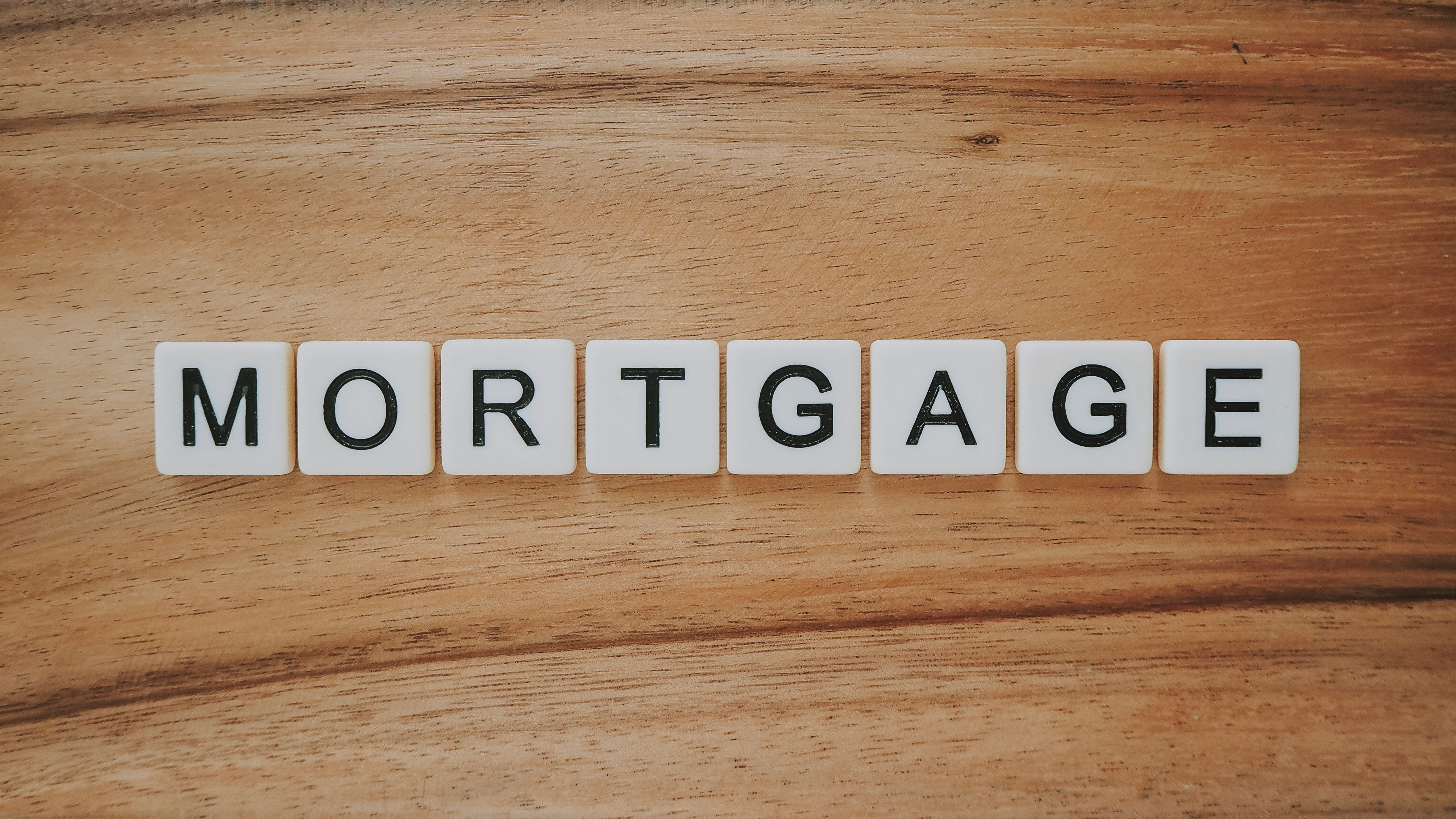Home mortgage payments are a costly monthly expense for many families. However, there are options to consider if you’re looking for ways to minimize your payments. Many factors dictate the overall cost of your home loan payments. Keep reading to explore how certain options like refinancing and other money-saving tips can help you reach financial peace of mind.
A few facts about mortgages

A mortgage is a loan taken out from a qualified lender, like a bank. This loan is used to buy your home. As the borrower, you pay back the bank monthly until your house and any interest the loan has accrued is paid off in full. There are a few different types of mortgage loans. However, fixed-rate mortgages and adjustable-rate are the most common.
First up, is the fixed-rate mortgage. With this repayment method, your interest rate will never change unless you refinance. You pay off your monthly bill for a fixed amount of time. This is usually a 30 or 15-year time frame. Next up is an adjustable-rate mortgage. With this loan type, the interest rate varies. Adjustable-rate mortgages interest rates, or ARM interest rates, start with one lower interest rate upfront. It then fluctuates every year. There are plenty of pros and cons to consider when you’re looking into ARM interest rates, so be sure you do your due diligence before becoming a borrower.
How your rates are calculated.

Certain factors play a large part in your mortgage rates. These factors include the overall cost of the home, your rate period or loan term, your credit scores, the location of the home, your down payment, and the type of loan or interest rate you’ve chosen. For example, if you have excellent credit, a high down payment and a cheaper home, your monthly payment will likely be less than someone who has poor credit buying a really expensive home without a substantial downpayment. Mortgage lenders see these factors as a risk compared to those with their desired criteria. Therefore, if you’re perceived as a higher risk you’ll pay more out of pocket.
What does it mean to refinance?

One potential way to drop your monthly payment is by refinancing your home loan. Refinancing a loan is like buying it out with another loan. As a homeowner, you would take out a different loan with a potentially lower interest rate and lower risk to pay off your current mortgage lender’s loan. Refinancing is a great option if there’s a drop in interest rates. Interest rate reduction can take off a large chunk of your monthly payments. It’s also smart to consider refinancing if you want to change the type of loan you have. For example, if you have an adjustable-rate and you want to switch to a fixed rate because, after a few rate adjustments, the ARM interest rates are much higher than they were in the beginning, you should consider refinancing. You may end up with a much lower, secured rate instead of one that varies with the housing market. The same goes for a fixed-rate to an adjustable-rate. If the market crashes and you can get a much smaller interest rate, it may be worth refinancing for an adjustable-rate loan for the time being. Another great reason to refinance is if you want to shorten the length of your loan rate period because you’re ready to pay more than you could previously.
As you can see, refinancing home loans can be quite complicated because there are a lot of small details that can change the costs of your mortgage. iSelect’s tools help you to explore a wide range of loan options and consider if refinancing will get the best rate for you. In addition to assistance with refinancing, you can also search and compare their lenders if you’re buying a new home. By incorporating some of these tips on how to minimize your monthly payments, you can determine if refinancing is the best fit for you. This way, you can use your saved funds for home improvements, family vacations or just keep saving for personal use all while maintaining peace of mind.







